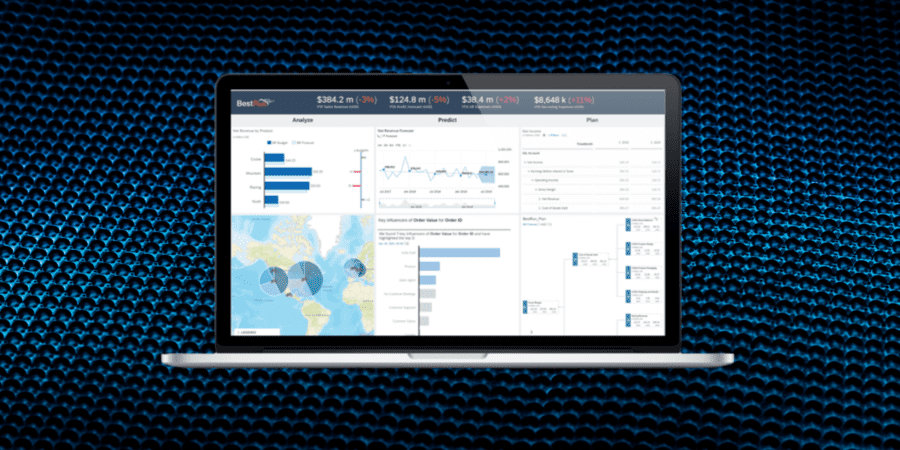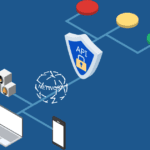How to Build Effective Dashboards in SAP Analytics Cloud
Designing a BI dashboard for your business can be challenging, but when you add a list of needs, KPIs and stakeholders to approve – it’s easy to see why companies opt for the quick fix.
When there’s no time to ask your users what works for them, you have to look for efficient, compelling, and easy-to-use optimisations that make the user’s life a little easier.
To help you guarantee usability in your SAP Analytics Cloud dashboards, we’veput together a list of tried and trusted tips that promise a positive user experience.
Keep the most critical KPIs in mind
If your business dashboard holds urgent or frequently used business data, ensure the highest priority information is placed at the top. In doing this, the user’s eyes will immediately fall on the information they need.
Similar to newspapers, the essential information should take pride at the top of the screen, with the less vital information placed below.
Organise your information in groups
Nothing is more frustrating than logging into a dashboard and being unable to understand what’s going on. Whether it’s from disorganised sections or simple visual overload, if the information isn’t organised in an accessible way, understanding the data will be impossible.
To ensure your dashboard presents your information right, group related data and create sections for each. Then label each one with a concise header.
If you have abundant data to present, create tabs to place information that isn’t logically connected to other groups.
Keep it simple
Dashboards help your data tell the right story, so keep it simple and easy to understand. If your users have to spend too much time understanding long labels or overly complex chart types, then something needs to change.
Keep your labels crisp, short, and sweet.


